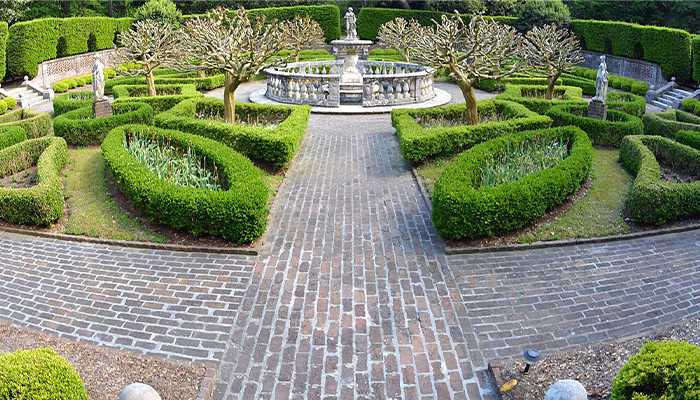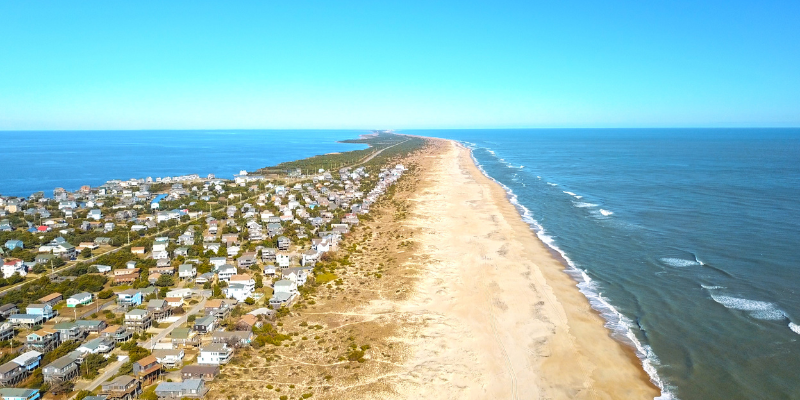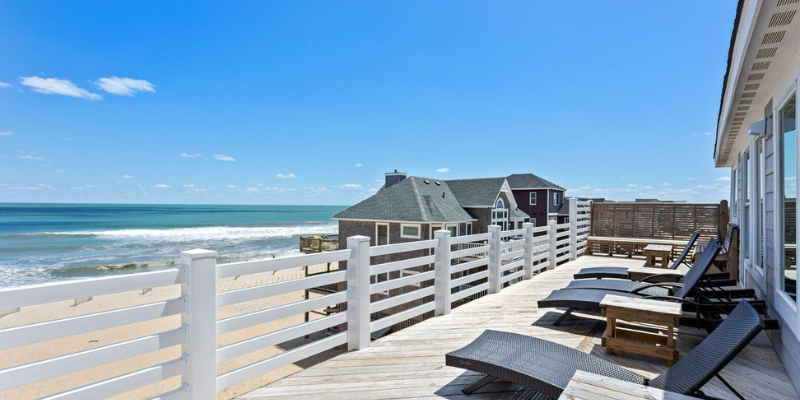
It's hard to imagine a time where the letters "OBX" didn't plaster every sign, t-shirt and bumper sticker you encountered during your summer vacation but the Outer Banks of North Carolina has not always been known as such to visitors or locals. So how did this barrier island become known as the Outer Banks? And what about the other towns? Kitty Hawk? Nags Head? Where did these names come from? Keep reading for more.
Outer Banks
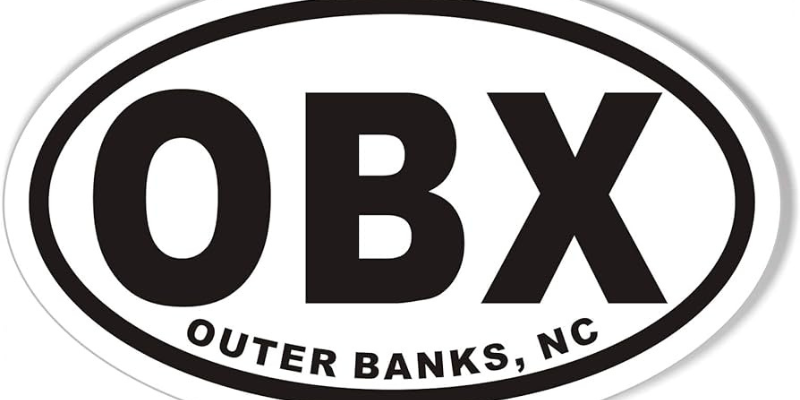
All Known as Nags Head
Until recent years, the area was referred to as Nags Head. Even up until 2009, the Virginia Department of Transportation had an exit for the Outer Banks that labeled the area as Nags Head.
"Up here, everything from Oregon Inlet north was Nags Head, Hatteras and Ocracoke was the Banks," said Allen Burrus, a 56-year old native of Hatteras village. "Manteo was Roanoke Island. And of course south of us was Down East." Old advertisements invited visitors to "Come to Nags Head" or the "Dare beaches" or the "Sir Walter Raleigh coast land." (Source: Virginia Pilot Online)
The Outer Banks Brand Evolves
In a collection at the University of North Carolina at Chapel Hill's Wilson Library, the earliest mention of the Outer Banks, written in lowercase, in the New York Times archives was on Dec. 26, 1932, according to Nicholas Graham, the state's maps project manager. You can find out more about the origins of the Outer Banks and how the Outer Banks become one of the world's premier tourist destinations by checking out the North Carolina History Project here.
As far as locals and the Dare County tourism board are concerned, the changing of the Virginia Department of Transportation's sign was a huge success story and it solidified the idea that the Outer Banks is more than Nags Head. "That’s how powerful the brand is," said Carolyn McCormick, managing director of the Outer Banks Visitors Bureau. And the Outer Banks/OBX brand doesn't look like its going anywhere anytime soon. From Corolla to Cape Hatteras, the Outer Banks has gotten busier than ever with people flocking to the beaches in hopes of getting a vacation experience that you'll be hard pressed to find anywhere else. Staying in Corolla is a lot different than staying in Rodanthe and that's part of what makes the OBX brand and Outer Banks vacation rentals so special.
Corolla
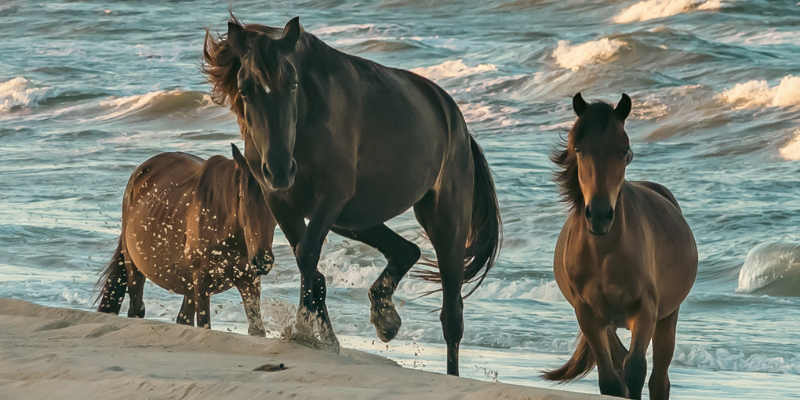
Corolla (kuh-RAH-luh NOT kuh-ROW-luh) was named by local residents in order to add a post office to their village, which already consisted of people manning the lighthouse and the Jones Hill Lifesaving Station. The original name, Jones Hill, was rejected by the post office but everyone eventually agreed on Corolla, which is also the name for a collection of flower petals. No one is entirely sure why Jones Hill was rejected nor why they decided on Corolla, but that's the one that stuck.
Duck
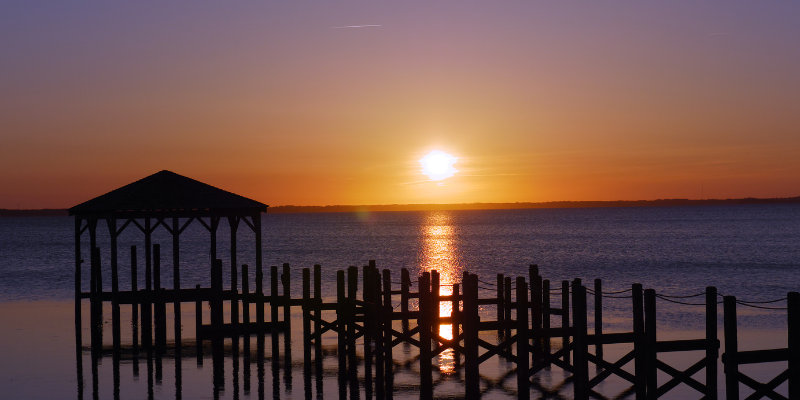
Duck is an easy one that I'm sure you can guess. When looking for a name for the new post office in the early 20th century, it seemed logical to name the area after the adbundant wildlife that continues to draw in hunters and sportsman to this day.
Southern Shores
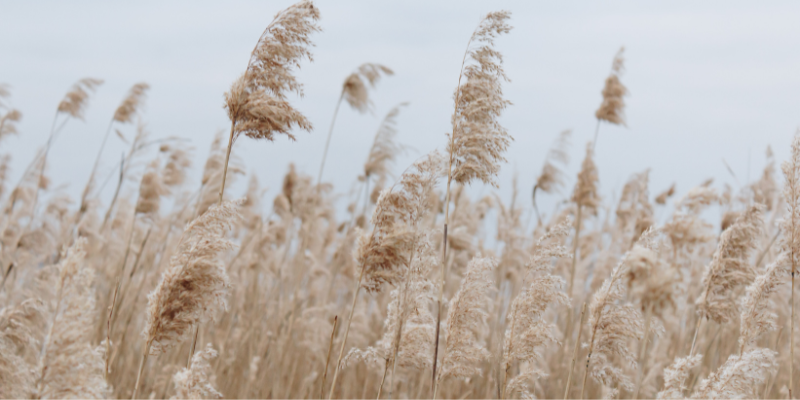
Developer Frank Stick named Southern Shores to be representative of his coastal, woodland-focused development. The area is a little less populated with a focus on residental homes on a thin stretch of land that limits development and emphasizes maritime forests.
Kitty Hawk
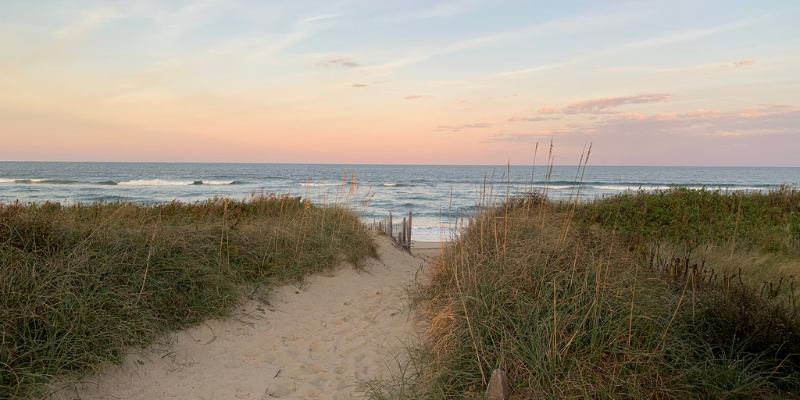
Kitty Hawk offers one of the more clear explanations for an Outer Banks town name since most people believe that its based on the Algonquin word Chickahawk, which translated to "a place to hunt geese."
Some people have suggested alternatives, including the naming of mosquitos as "Skeeter Hawks" or "killy honk" as a local colloquialism for hunting geese. Regardless of its origin, by 1800, Kitty Hawk was being used on maps of the area.
Kill Devil Hills
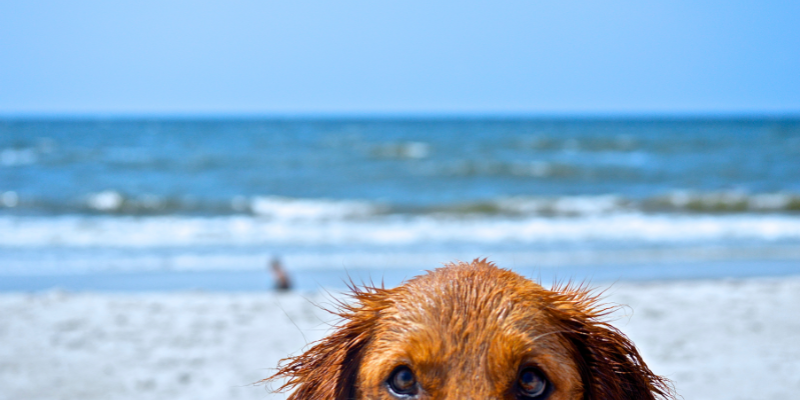
The earliest record of the name being used for the name of the town can be found on an 1814 map of the area. An earlier map from 1808 also references the name but spells it “Killdevil Hills.”
So, where did the name Kill Devil Hills come from? One theory is that the name derived from rum, possibly originating from the Caribbean Islands or New England, that was “strong enough to kill the devil.” In the early 1700’s, Virginia’s William Byrd wrote, “Most of the Rum they get in this Country … is so bad and unwholesome, that it is not improperly called ‘Kill-Devil,’” proving the rum was already referred to that name. Evidence suggests that this rum would have eventually made its way to the Outer Banks islands due to shipwrecks, pirate activity and general ocean traffic along the Eastern seaboard.
As to how the town adopted the name? One story says that a vessel carrying barrels of rum wrecked off the “sand hills”, possibly providing a geographic location reference for other sailors. Some versions of the story go so far as to say that bottles of rum from the shipwreck were recovered by locals who stored them in the sand dunes.
Another possible explanation for how the name "Kill Devil Hills" originated comes from the local killdeer bird. The area was so populated with the species that it earned the nickname “Killdeer Hills.” With differences in dialect as the name was repeated, both orally and on paper, this could easily have transitioned overtime to “kill devil,” eventually becoming "Kill Devil Hills."
Some explanations are more mythical. One local legend tells the tale of a banker who once attempted to do business with the devil and ended up trapping him in one of the area’s many tall sand dunes.
A final explanation comes from the infamous coastline surrounding the barrier islands. Well-known as being extremely treacherous waters to navigate, one article from the American Beacon (a Norfolk-based news journal) in 1851 stated that “there is a range of sand hills called Kill Devil Hills, not because his satanic majesty was there disposed of, but because sailors say, it is enough to kill the devil to navigate that part of the sound.” Although maps do show the town was already referred to “Kill Devil Hills” at time of publication, this could provide the reason why. -Jessie
Nags Head
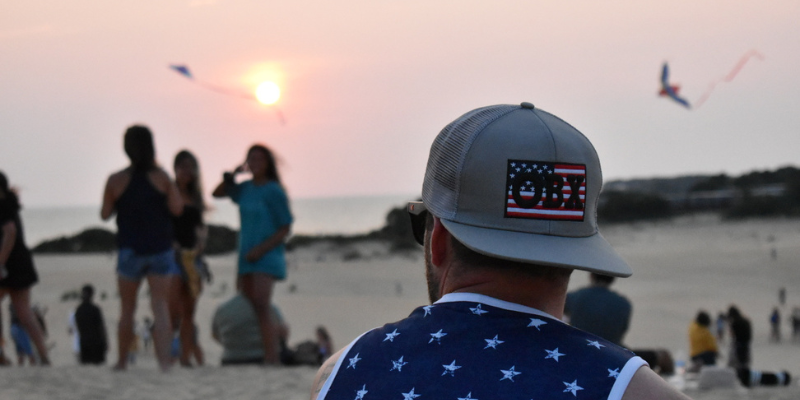
Like many of the towns on the Outer Banks, the true origins of the Nags Head namesake is a little murkey. In 1860, a writer for Harper's Magazine suggested that the name came from an old tradition where locals would tie a lantern around a horse's neck (or head) and walk them up and down the beach. This would lure ships towards the shore and, thinking it was a light from another ship, they would crash at which points pirates would seize all the ship's valuables. Historians generally consider this to be a myth, but it's one of the most prevalent explanations for the town's name.
Another explanation suggests that a man saw the sand dunes at Jockey's Ridge and named the area after a place in England that was called Nags Head. Meanwhile, a more gruesome theory suggests that a horse got stuck in a tree during a storm where they remained until only the head was left, and thus, Nags Head. You can find more on that here.
Regardless of where the name came from, it wasn't until 1961 that Nags Head incorporated, solidifying the name that would define the Outer Banks for decades.
Manteo/Wanchese
Both Manteo and Wanchese are named for the indigenous people of the same name who assisted the Roanoke Island colony during the English settlement of Roanoke Island. Find out more about Manteo, Wanchese, and the Roanoke Island colony, also known as the Lost Colony, here.
Hatteras Island & Beyond
During the Lost Colony expedition, the area now known as Hatteras Island was name Croatoan based on the indigenous population who lived there. Later, during the 1700s, the Hatteras Indians were the primary indigenous group and the name stuck. The seven villages each have their own unique history and legacy regarding their names. To find out more about their names, what to expect while vacationing there, and fun things to do for the whole family, see here.
Experience the History
Now that you know the names and the history, come experience it for yourself. Consider staying in one of our cozy vacation rentals and exploring all the best and brightest that the Outer Banks has to offer. Give our wonderful Guest Services Team a call today at (866) 884-0267 or take a look at our available rentals to get started planning your next historic adventure to the Outer Banks. And don't forget about our layaway plan, which makes booking your dream vacation easier than ever. So don't wait. We're booking Outer Banks vacation rentals year round and we're excited to help you create memories to last a lifetime. We're here to help make your OBX vacation fun, exciting, and hassle-free. Give us a call today! Be sure to provide accurate information and make any necessary payments.
Explore our website and give us a call to help kick-start your unforgettable Outer Banks vacation today. Be sure to follow us on Facebook, Instagram, YouTube, Pinterest, and TikTok to stay up to date on all of our specials, new & featured homes, and tips & tricks for making the most of your next Outer Banks vacation.
We’ll see you at the beach.

About the Author: Jessie has been coming to the Outer Banks since she was just 5 years old. She loved it here so much that she finally relocated in 2018. Now her mission is to show the world that the Outer Banks is an incredible place that everyone should experience. When she isn't working, you can find Jessie hanging out with her friends, chilling at home with a good book, or discovering a new Outer Banks adventure.

About the Author: Lauren is an Outer Banks local, mom, trained historian, and travel enthusiast. When she isn’t writing for the Seaside Vacations Travel Blog, Lauren can usually be found with her nose in a book or cuddling with her cats.

